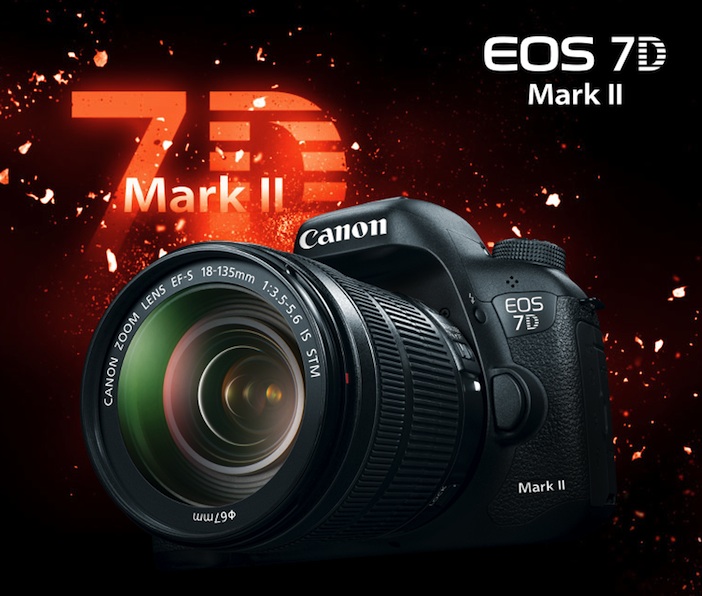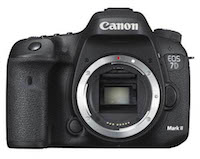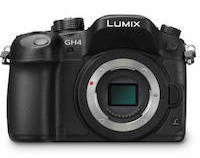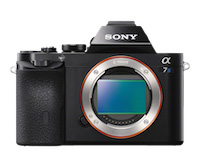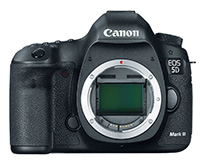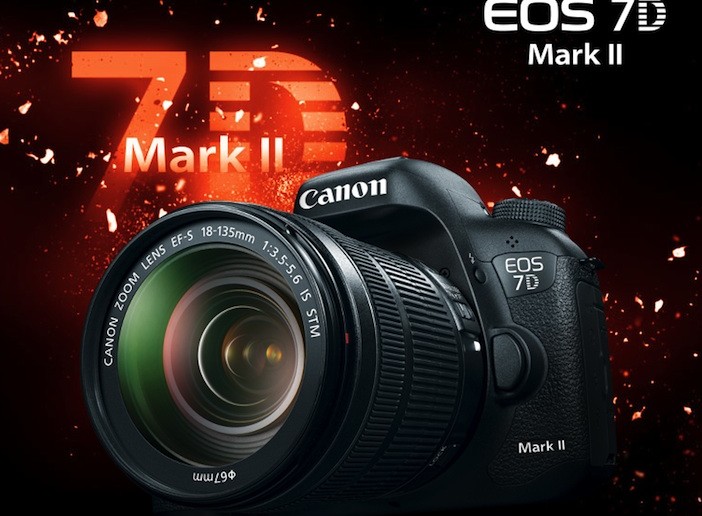 The original Canon 7D was the first truly enthusiast HD-SLR. How does the 7D Mark II look alongside the competition for video shooting in 2014?
The original Canon 7D was the first truly enthusiast HD-SLR. How does the 7D Mark II look alongside the competition for video shooting in 2014?
I’ve selected the key video specs an enthusiast or aspiring filmmaker will look at in 2014 and compared the 7D Mark II with the three best cameras for video in 2014, the Panasonic GH4, Sony A7S and 5D Mark III.
Canon 7D Mark II
- 4K DCI (4096 x 2160) – No
- Ultra HD 4K (3840 x 2160) – No
- 4K via HDMI – No
- 1080p HDMI 10bit – No
- 1080p HDMI 8bit – Yes
- Slow-motion movie capture (96-120fps) – No
- Available frame rates (1080p): 24p,25p,30p,50p,60p
- Variable frame rate mode – No
- PL lens compatible – No
- Focus peaking – No
- EVF resolution – N/A
- Codec and bitrate – Unknown (1080p ALL-I, IPB and IPB-Lite)
- Sensor size: Canon APS-C (1.6x crop)
- Native ISO – approximately 1250
- LOG curve mode – No
- Moire / aliasing – Unknown
- Price: $1799
- EOSHD Notes: The 7D Mark II’s video specs closely resemble the 5D Mark III (out of the box), which was a disappointment in 2012. In 2014 the 7D Mark II is even more so. Raw video recording is not available at the time of writing via Magic Lantern on the 7D Mark II.
Panasonic GH4
- 4K DCI (4096 x 2160) – Yes
- Ultra HD 4K (3840 x 2160) – Yes
- 4K via HDMI – Yes
- 1080p HDMI 10bit – Yes
- 1080p HDMI 8bit – Yes
- Slow-motion movie capture (96-120fps) – Yes
- Available frame rates (1080p): 24p,25p,30p,50p,60p
- Variable frame rate mode – Yes (2-96fps)
- PL lens compatible – Yes
- Focus peaking – Yes
- EVF resolution – 2.3m dot
- Maximum bitrate – 200Mbit (ALL-I 1080p) and 100Mbit (IPB 4K)
- Sensor size: Micro Four Thirds (2.0x crop. Up to 1.5x crop with Metabones Speed Booster for Canon EF lenses)
- Native ISO – approximately 800
- LOG curve mode – Custom curves (CineLikeD) and user curve adjustment in-camera
- Moire / aliasing – Trace
- Price: $1699
- EOSHD Notes: The Panasonic GH4 offers the widest overall feature set for video shooting in 2014 of all the available cameras
Sony A7S
- 4K DCI (4096 x 2160) – No
- Ultra HD 4K (3840 x 2160) – Yes via HDMI
- 4K via HDMI – Yes
- 1080p HDMI 10bit – No
- 1080p HDMI 8bit – Yes
- Slow-motion movie capture (96-120fps) – Yes
- Available frame rates (1080p): 24p,25p,30p,50p,60p
- Variable frame rate mode – No
- PL lens compatible – Yes
- Focus peaking – Yes
- EVF resolution – 2.3m dot
- Maximum bitrate – 50Mbit (IPB 1080p)
- Sensor size: Full frame (1.0x crop)
- Native ISO – 3200
- LOG curve mode – Yes (S-LOG 2)
- Moire / aliasing – Trace
- Price: $2399
- EOSHD notes: The Sony A7S shoots excellent internal 1080p with a clean image and wide dynamic range, but it is in low light and for 4K over HDMI to an external recorder where the camera really excels.
Canon 5D Mark III
- 4K DCI (4096 x 2160) – No
- Ultra HD 4K (3840 x 2160) – No
- 4K via HDMI – No
- 1080p HDMI 10bit – No
- 1080p HDMI 8bit – Yes (with firmware update)
- Slow-motion movie capture (96-120fps) – No
- Available frame rates (1080p): 24p,25p,30p,50p,60p
- Variable frame rate mode – No
- PL lens compatible – No
- Focus peaking – Yes (with Magic Lantern)
- EVF resolution – N/A
- Codec and bitrate – ALL-I 90Mbit, IPB 24Mbit
- Sensor size: Full frame (1.0x crop)
- Native ISO – approximately 1600
- LOG curve mode – No (but flexibility of raw recording with Magic Lantern)
- Moire / aliasing – Trace
- Price: $3399
- EOSHD notes: The 5D Mark II is over 2 years old and is only capable of peak video quality when configured to shoot uncompressed 1080p raw with Magic Lantern



